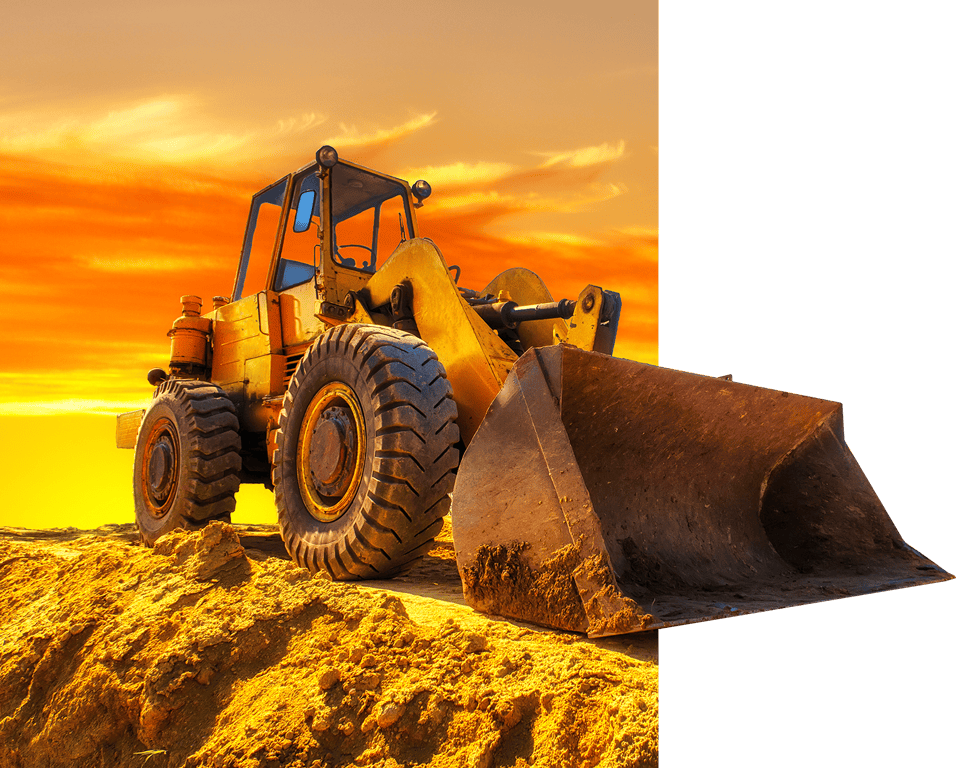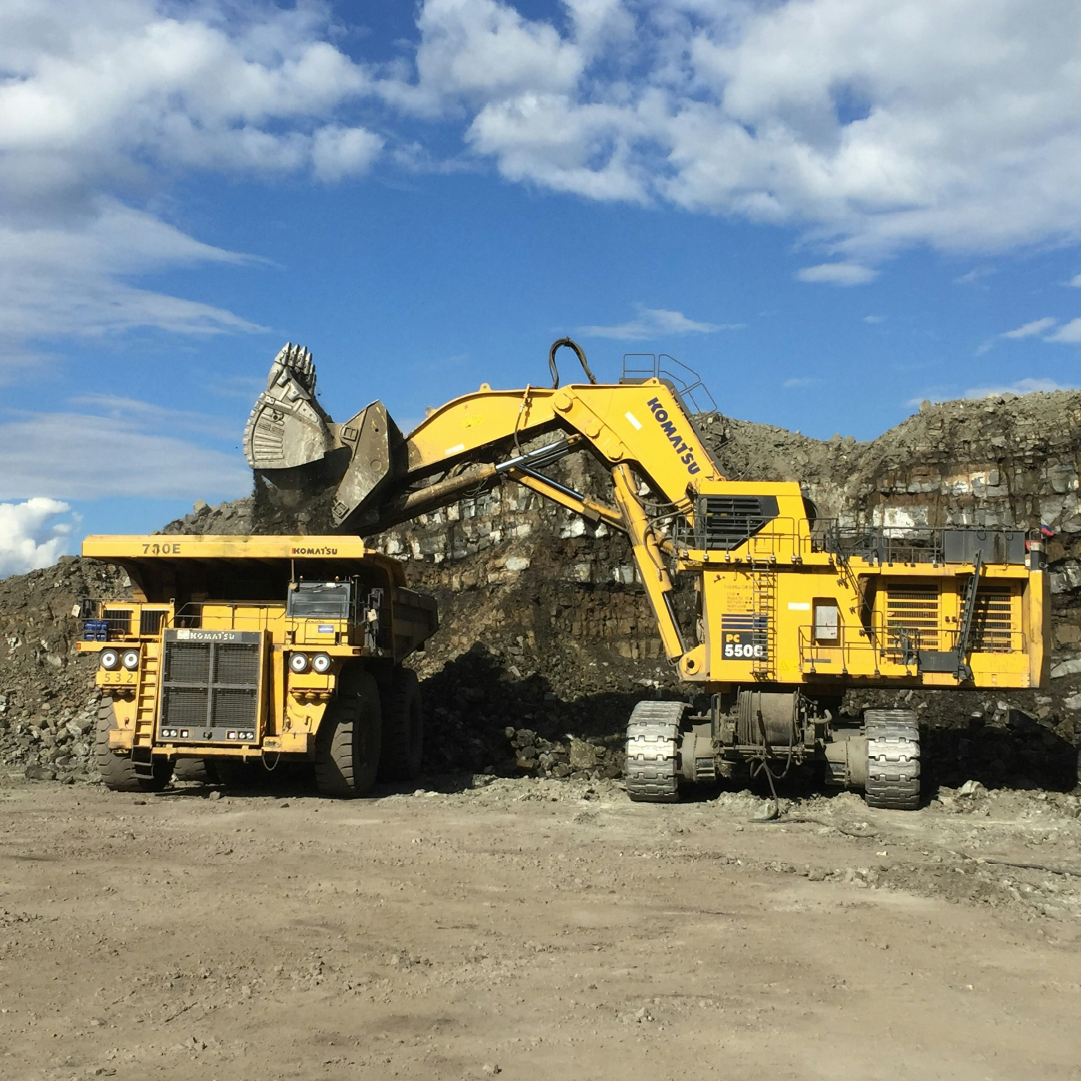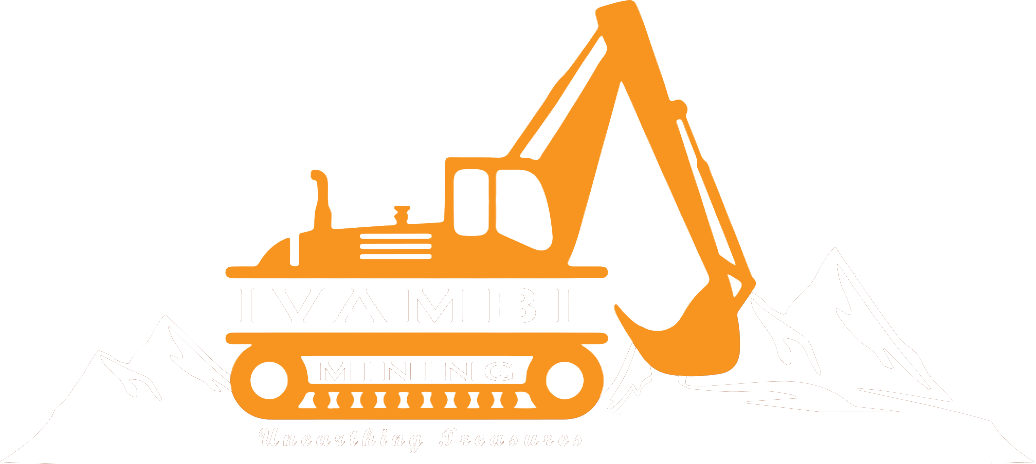Operations
Home > Operations
Mining
Tailored Mining Services for Every Venture
Our surface mining involves the stripping (removal) of surface vegetation, soil and (if necessary) layers of bedrock to reach buried ore deposits. Our common techniques for surface mining including:
Open-pit mining and quarrying
The recovery of ore from a progressively wider and deeper hole in the ground using large vehicles to haul the ore from the pit to the processing facility.
Strip mining
The targeted removal of surface layers to reveal the useful seams underneath.
By contrast, subsurface mining requires mining a vertical shaft into the ground, from which lateral tunnels are excavated at different depths to reach the ore body. Vehicles move the ore from the mining face onto conveyors which carry the ore to the shaft. The ore is then lifted to the surface for further processing.
The Innovation for Cleaner Safer Vehicles (ICSV) is focused on improving the safety of mining vehicles and reducing their undesirable diesel emissions.
We have learnt that some mining, including rare earth elements and uranium extraction, uses less common methods, such as in situ leaching. This involves injecting solutions into fissures and cracks (some natural, some manmade) in the ground to dissolve the minerals (which are naturally in solid form). This technique involves significantly less material movement and is less intrusive. As a result of this, in the near future, IMCL has a great interest to try how this technique can be applied to the extraction of minerals.

Processing
From raw to refined, with care
The processing method chosen to separate the mineral resource from the ore depends on the type of minerals.
IMCL reduces the size of the pieces of mined material. It might be crushed into pebble-sized pieces or ground into a fine powder. This is the final stage of our work; we then sell the minerals to the buying partners.
OPERATING MINES
How we do
IMCL trusts that mining production has evolved from being manual, unsafe, dirty and small-scale to being partially- or fully-automated, safer, cleaner and large-scale. Unlike the predecessors, our today’s workers are highly trained personnel performing skilled work in accordance with the highest health, safety and environmental standards.
Before we establish a mine, a long process of mineral exploration is required. Advanced scientific techniques (eg; geochemical analysis of the Earth’s crust or airborne surveys to measure magnetic, gravitational and electromagnetic fields) are used to help determine whether a location has a sufficient mineral deposit to warrant mining. Once this preliminary investigation has been carried out, more and larger rock samples are drilled and sent to a laboratory for testing.
Very few rock samples contain mineral of a high enough grade (quality) to be worth mining. Each exploratory step is based on the information available at that time. Money and effort are spent to raise the degree of confidence in the measurement of the shape, size (quantity) and grade of the mineralization held in the Earth's crust.
The result of the exploration phase is measured in terms of mineral resources and ore reserves.
We study the concentration of materials in or on the Earth's crust that have reasonable prospects for economic extraction to prove the extent of mineral resources we need.
We take into account those parts of a mineral resource that can be economically mined to understand about the ore reserves available in the area.
When we decide that a mining operation is feasible, a social and environmental impact assessment is undertaken and submitted to the relevant environmental regulatory authorities for approval. This important process includes provisions for public hearings and submissions.
Even with legal permission in place there’s still no guarantee that a mine will be built. A company’s final decision is based on a feasibility study which builds on the pre-feasibility study. A feasibility study covers every aspect of the mine’s future, including:
- Mining method (open pit or underground).
- Processing plant design.
- Waste treatment and disposal.
- Labour agreements.
- Safety, health and environmental requirements.
- Logistics and supply chain.
- Risk controls.
- Capital costs investment.
- Duration of construction.
- Operating costs.
- Production volume.
- Cash flow.
- Royalties/Profitability.
A feasibility study is also concerned with mine closure, ie what happens to the mine when there is no more economically-mineable ore to extract.
A feasibility study typically takes from one to three years, but it can be longer. It depends on the need to test at small- and large-scale the planned mining and processing technologies, and the nature of the mine being built, ie whether it is a brownfield project (an extension to an existing mine) or a greenfield project (a new mineral deposit).
In total, the start-up phase for a mine (from exploration to first mine production) may take more than ten years.

